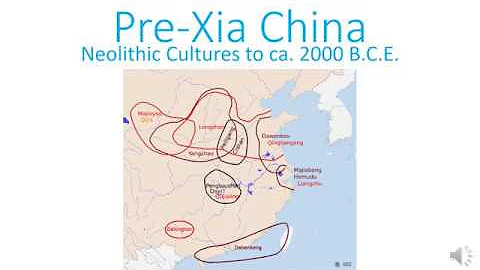Zhenhai has a long history. Remains of human habitation in the Neolithic Age have been discovered at the foot of Hengshan Mountain in Xiaogang and at the foothills of Snake Mountain in Shaxi. After the founding of the Yue Kingdom at the end of the Spring and Autumn Period, the land began to belong to it. In the twenty-fifth year of King Qin's reign (222 BC), Kuaiji County was established and Juzhang County was established. Because it was located to the east of Juzhang County, it was called Juzhang East Territory, which lasted for 843 years. In the 4th year of Tang Wude (621), he analyzed the ancient sentences and divided them into two states: Yao and Yin. In the eighth year, Yinzhou was renamed as and Luan County as , and the local area was renamed as the eastern border of Luan County. In the fourth year of Yuanhe of Tang Dynasty (809), Wanghai Town was built at the mouth of Yongjiang River in Luodong, which was the beginning of the construction of Zhenhai. Houliang In May of the third year of Kaiping (909), King Wu Yue Qian Liu inspected Mingzhou and built a city in Wanghai Town; in the eighth month of the leap year, Qian Liu, because the coastal mouth of Wanghai Town had the advantage of fishing and salt, made a memorial Wanghai County ("Taiping Huanyu Ji") is the beginning of the establishment of the county. Soon it was changed to Dinghai County. At that time, the county only governed the four townships of Qingquan, Lingxu, Chongqiu and Jintang. In the tenth year of Xining of the Song Dynasty (1077), the three townships of Lingyan, Taiqiu and Haiyan in Yin County were transferred to Dinghai. In the first year of Yuanfeng (1078), Jintang was assigned to Changguo, and Qingquan was divided into two townships, the east and west. From then on, the county administered seven townships and was designated as Shangxian County. It was built in the Yuan Dynasty and followed the Song system. In the 20th year of Hongwu in the Ming Dynasty (1387), Changguo abolished the county and changed it to Wei. The original Changguo County (now Zhoushan City ) was under the jurisdiction of Dinghai County until the Kangxi period of the Qing Dynasty. In the twenty-sixth year of Kangxi's reign (1687), the original Dinghai County was renamed Zhenhai County, and it took 778 years for Dinghai to be named. The following year, the border of Yuanchang was separated and Dinghai County was established. So far, Zhoushan has been owned by Zhenhai for 300 years. The establishment of Zhenhai County remained unchanged during the Republic of China.
After the founding of the People's Republic of China, due to factors such as political and economic construction, construction changes and county changes occurred frequently. At the end of 1954, 10 towns in the northern part of Longshan were placed under Cixi County; 5 towns including Hetou and Changshi in Cidong were placed under Zhenhai; Hangzhou Wankou Beach Island was placed under and Shengsi. In 1958, it was placed under Wenxi Township from Yuyao County; At the end of the same year, the county was withdrawn and merged into Ningbo City. In January 1963, the establishment of Zhenhai County was restored. In July 1985, it was merged into Ningbo City again. In October of the same year, the county system was officially abolished and Ningbo Zhenhai District was established. Zhenhai County has a history of 299 years. The county lasted 1077 years from its establishment to its dissolution.






















